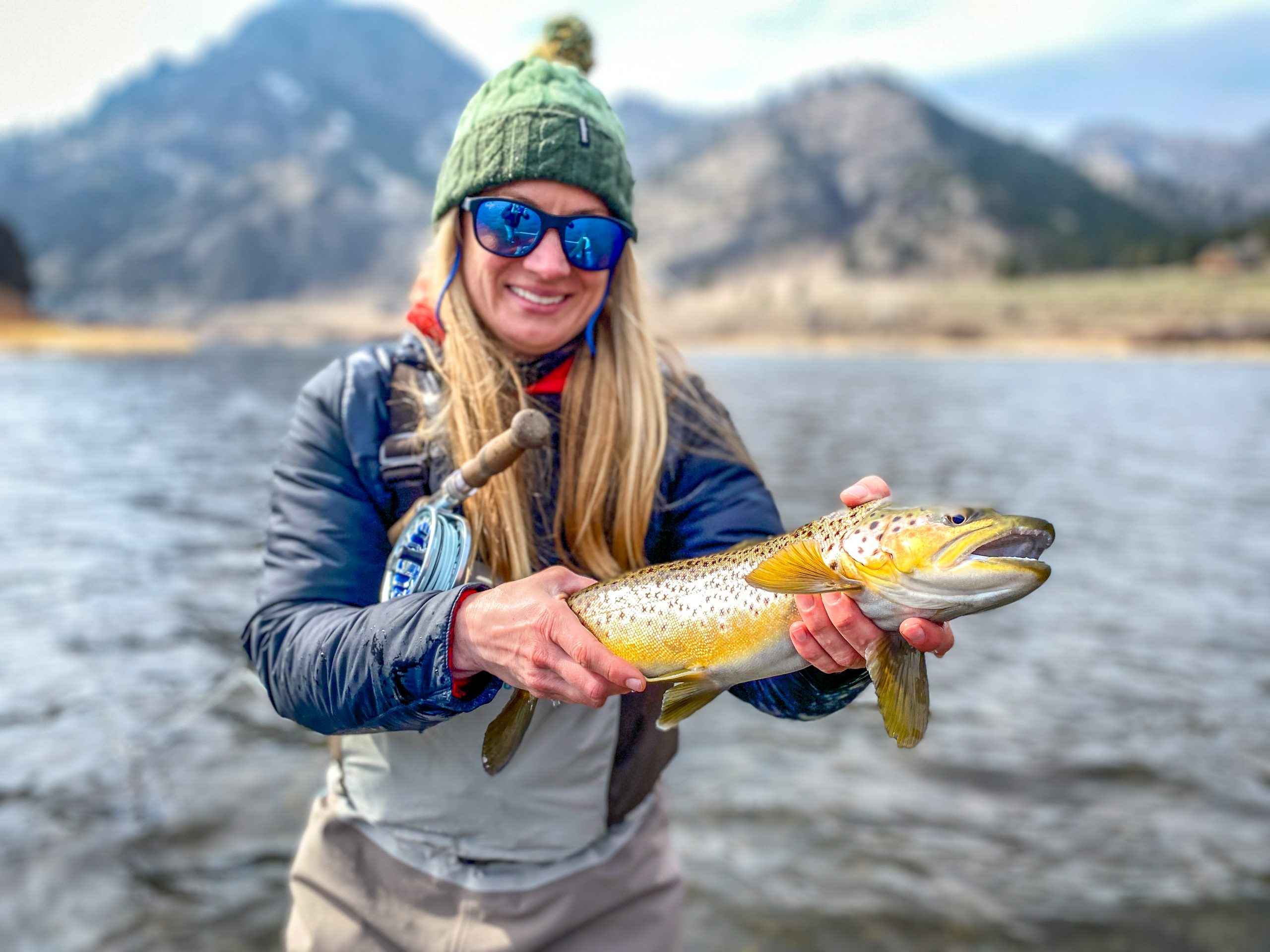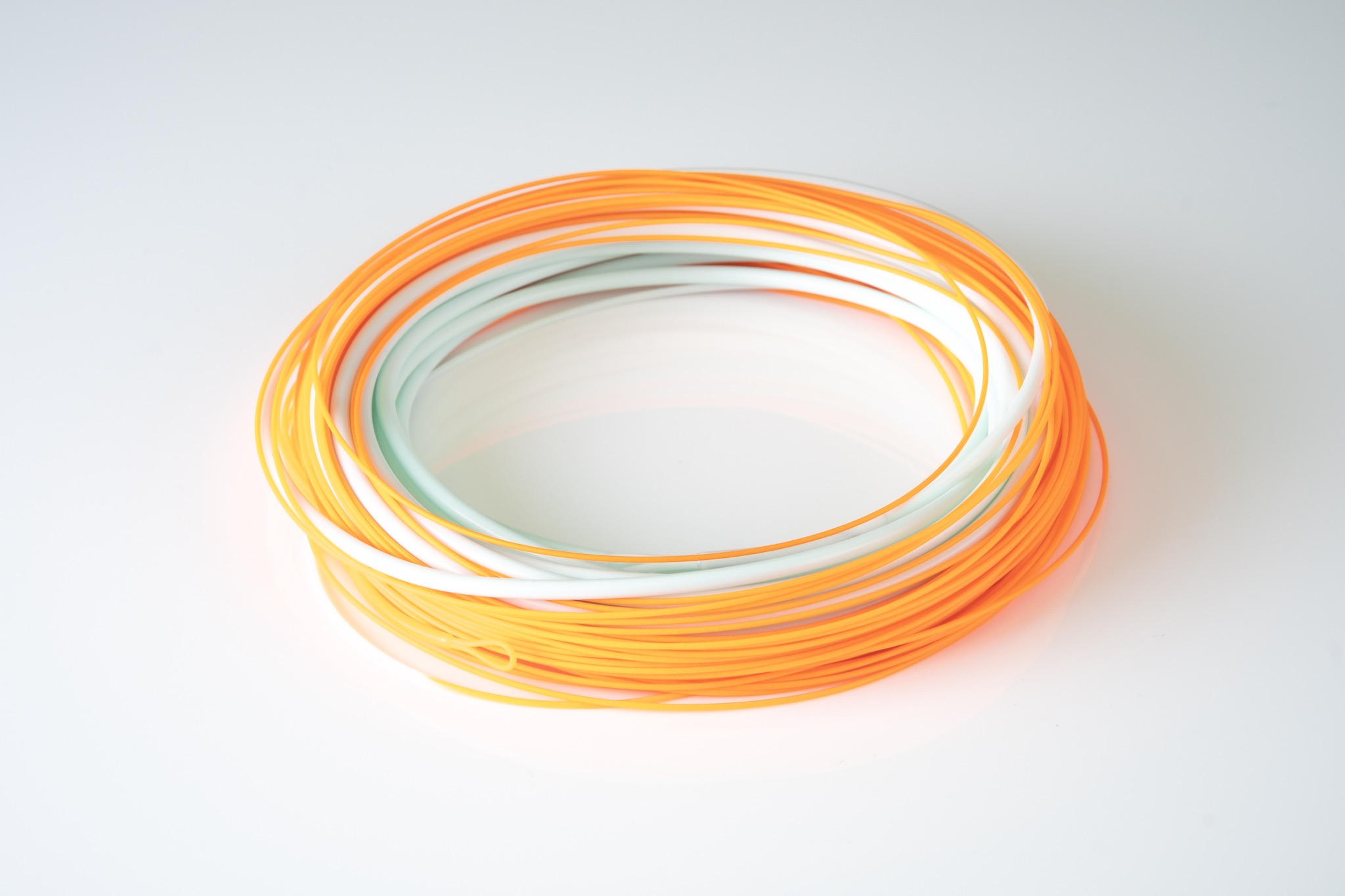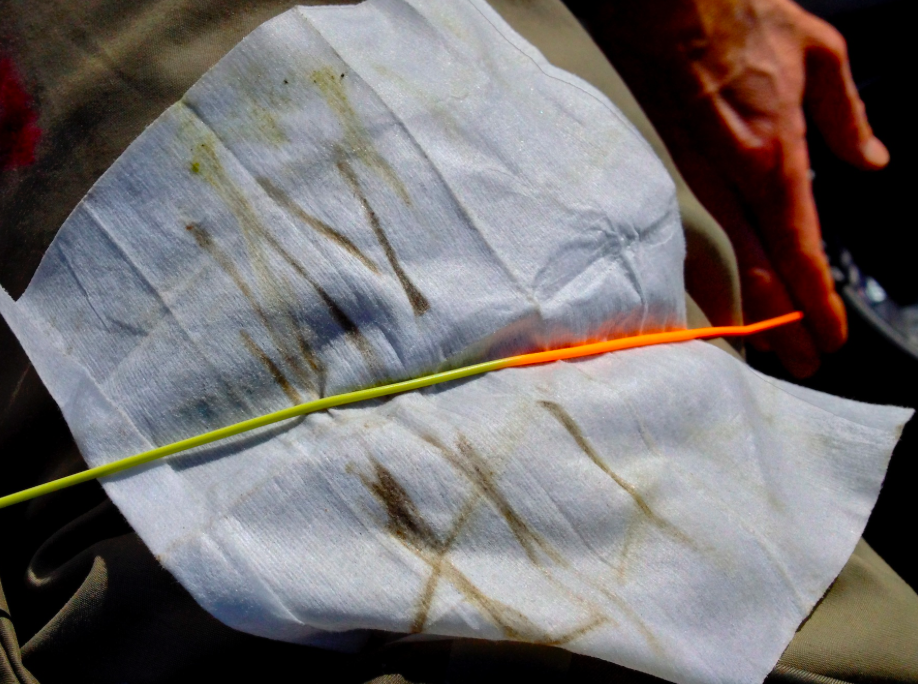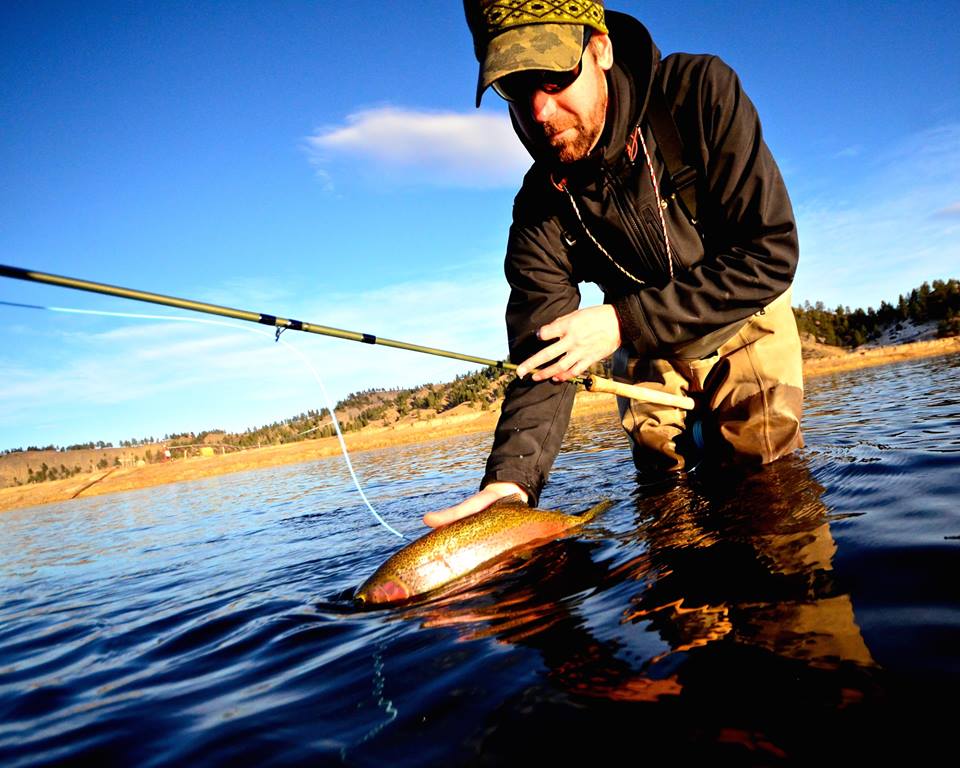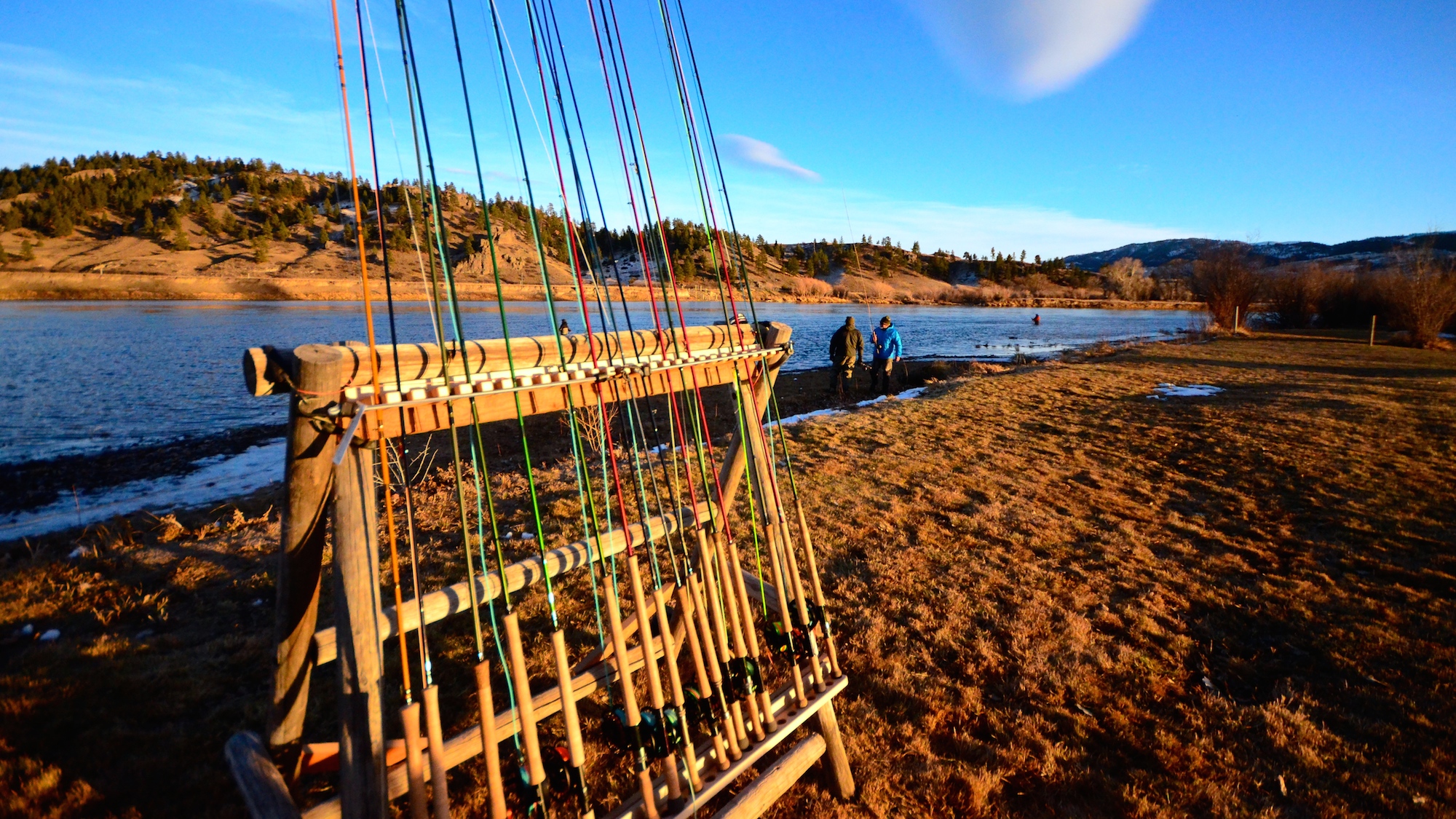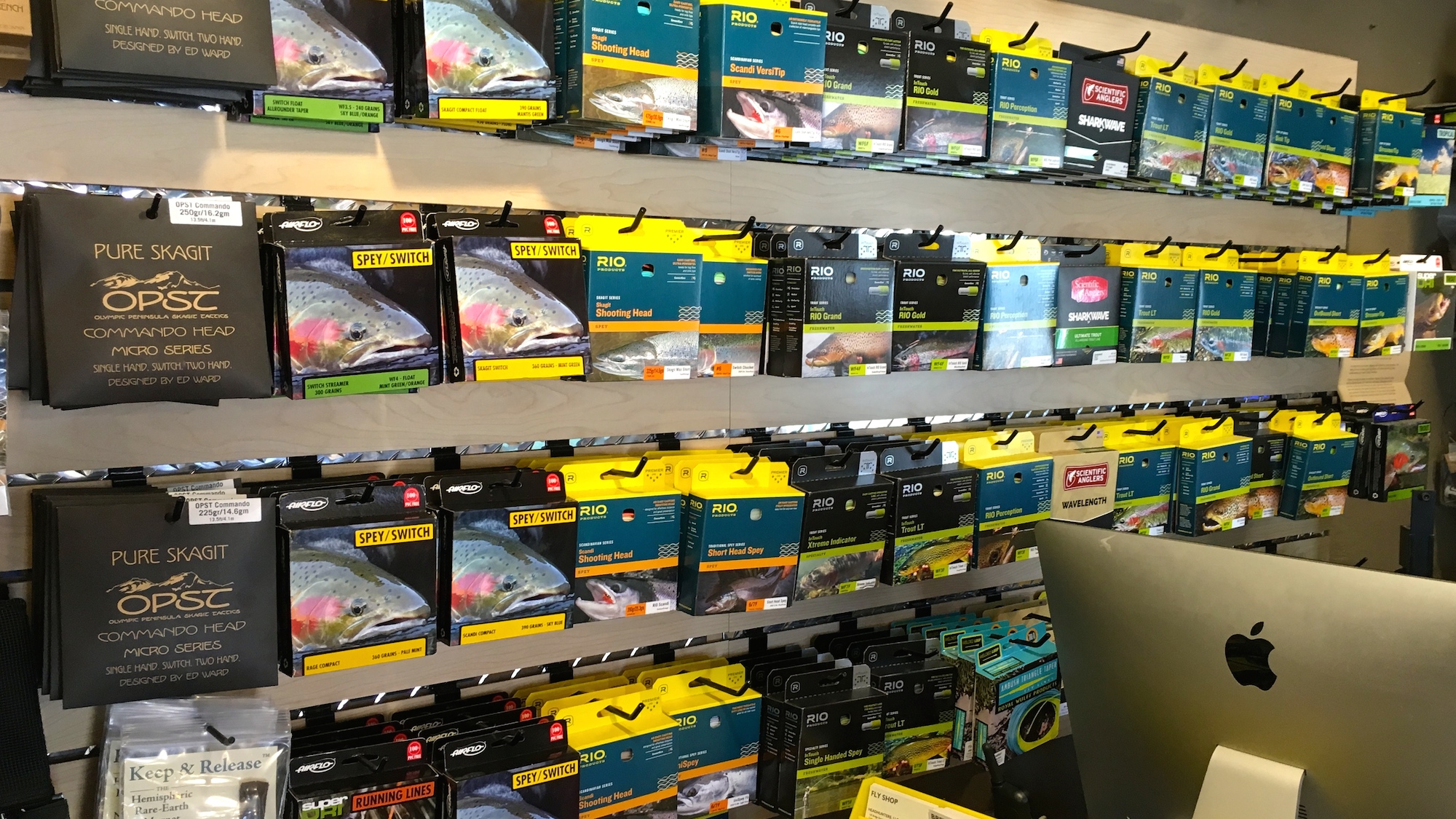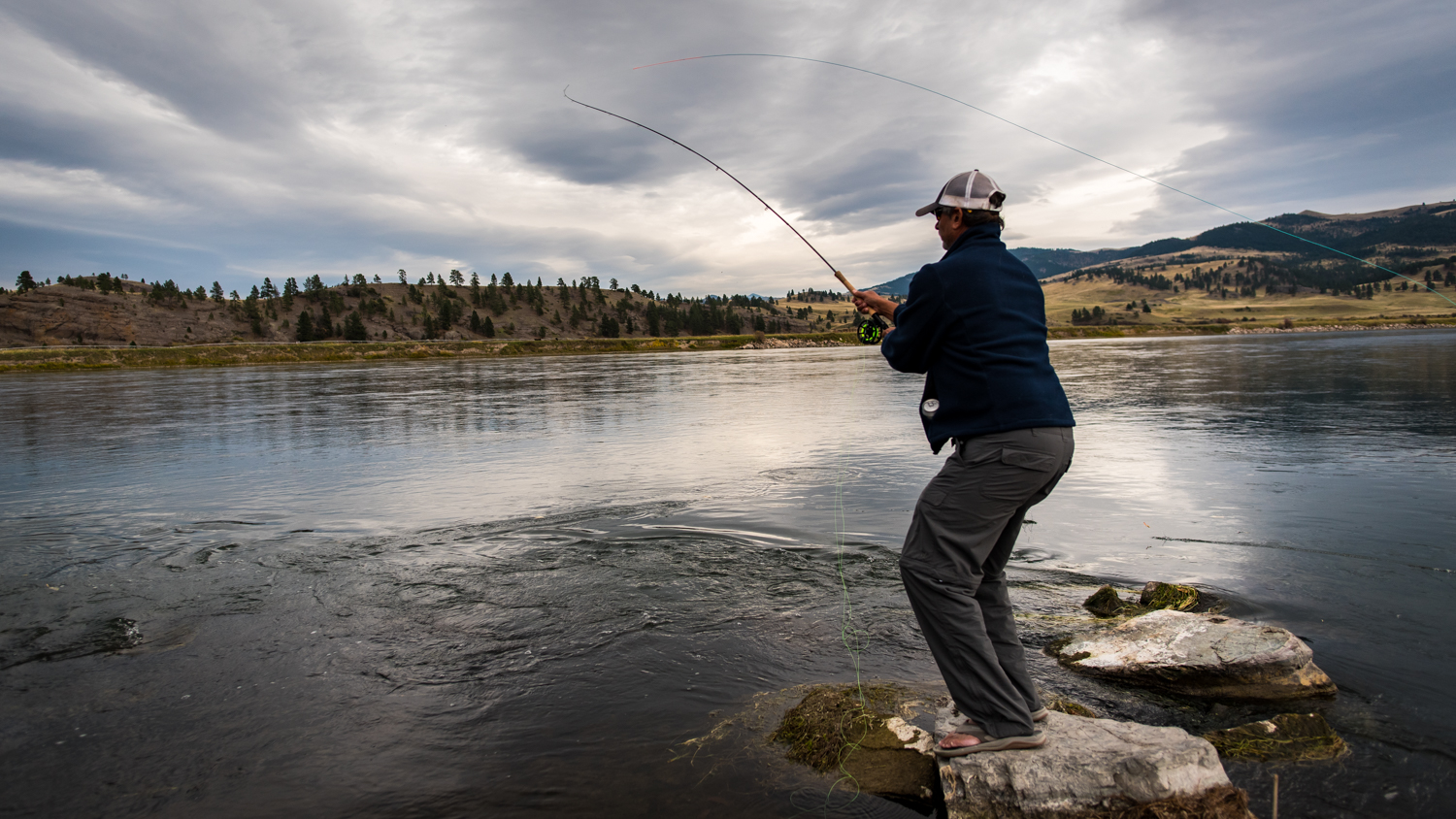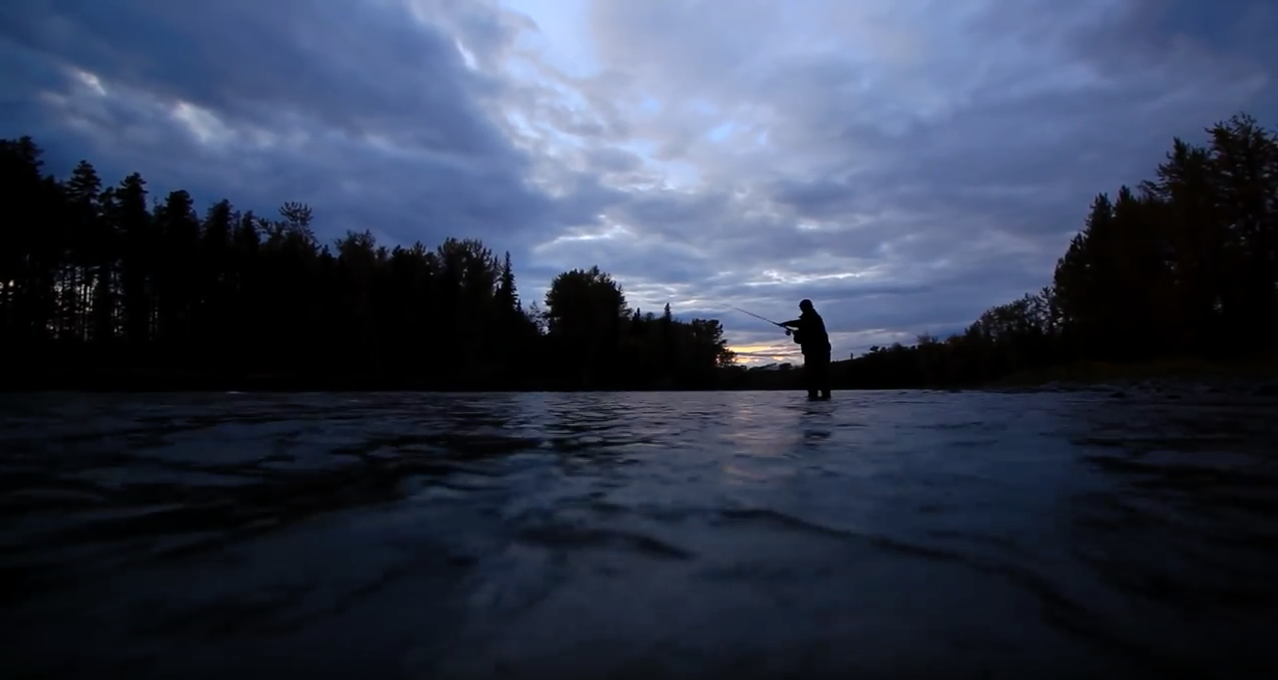[vc_row][vc_column][vc_column_text]We’ve been receiving lots of questions about “Troutspey” rods and lines lately. Folks are getting geared up for the fall. Streamers are on their mind, and many folks are choosing to swing them on foot, rather than from the boat.
We’ve already announced that we have several smaller spey rods designed for trout, including the new Sage ONE Troutspey (3110-4). We are also carrying two models from ECHO, the Glass Switch 4106 and the SR 4106. Both are 4 weights, but fish and feel similar to the Sage #3. (There is also a Sage #2, but that is designed more for smaller soft-hackles and such).
The “big news” isn’t really about the rods. In fact the ECHO’s have been around for a few years. The big change is the extremely short Skagit heads that go with them. RIO is producing an 11′ Skagit Trout Max for the ONE. We are also carrying the OPST (Olympic Penninsula Skagit Tactics) Commando heads, which come in at 12′-13’6″ in these smaller sizes. You can add to your choices traditional Skagit and Scandi heads from Airflow and RIO, Airflo’s new “Switch Streamer” and “Switch Float”, RIO’s Switch Chucker, and the Wulff Ambush. Plenty of choices. Too many.
And we haven’t even talked about running lines yet.
We are spending a great deal of time really getting these rods dialed in with the right lines, as well as discovering the pluses and minuses of the new short lines and different running lines on these ultra-light rods. I feel as though we are close to halfway through our testing.
I’ll start off with some recommendations we have come up with thus far. Please remember that most of our crew approaches spey casting from a mostly Scandi/traditional point of view. We make no claims of being Skagit experts.
SAGE ONE TROUTSPEY:
240 gr Scandi, OPST Commando 225 (12′), and RIO 250 gr SkagitTrout Max. (Still to come, Commandos in 200 gr and 250 gr, Ambush and Skagit Max Short)
This rod likes a 240 gr Scandi head (29′) a lot, but it might be a touch long for shorter anglers or when you’re right to the top of your waders. Dewey, Sara and I all thought it was perfectly balanced and threw with ease. Dewey and I are both 6’1″ (6’4″ with the flat brim trucker). For us there was no real problem with timing or speed. Sara (5’3″) on the other hand, had to work a little harder and lift her hands higher, especially when wading over her knees. This rod was designed with sustained anchor casts in mind, so it’s no surprise that you have to “overload the D” with such a short rod. But once you get it the lines sails. Probably the line for early season (Nov/Dec) floating presentations.
The 250 gr RIO Skagit Trout Max (11′) is designed specifically for this rod, and it works that way. At 11′ feet, you’re going to go through a learning curve, even if you’re an accomplished spey caster. So short that pre-launch moves are almost non-existent. Keep your hands low, and do not try to load up a D-loop. A continuous sustained anchor sweep and launch works wonders. Don’t stop! We are finding a 10′ MOW tip works much better than a poly-leader. I think the extra mass helps keep you on anchor, and gives all that energy somewhere to dissipate. We like the 5×5 iMOW the best for the Missouri.
The 225r OPST Commando (12′) is a little bit smoother and lighter, but probably requires a bit more skill. These are new to us and we’re still learning. OPST actually recommends a 175 gr head, which we have thrown but find hard to feel. An expert sustained anchor Skagit-head would probably fly it across the river. We do like the extra foot of length. Our comrades over at Red’s Fly Shop on the Yakima are recommending a 300 gr Commando, so it seems we are lacking a consensus on this one.
These lines are designed by Ed Ward and Jerry French (total Guru’s), so it’s hard for me to argue with their recommendations (175 gr). I think we just need some more time on the water with these.[/vc_column_text][us_image image=”14836″ onclick=”lightbox”][vc_column_text]
ECHO SR 4106:
RIO 225 gr Skagit Max Short (17′), OPST 225 Commando (12′) and Scandi 270
It’s important to me that we get this rod dialed in, as it comes in at a price more tolerable to most folks than the Sage ONE ($329 v. $950). This rod has been the trickiest to get properly lined up, but the “SR” stands for “switch rod”. This rod was designed as a switch, not a spey. It’s a little lighter in the tip, so you have to be careful about overlooking it.
It makes no sense on paper, but our favorite line thus far is the RIO Skagit Max Short 225 gr (17′). According to the charts, we should be 100 grains above that (or more), but the rod loves this head. Dewey and I spent a good deal of time throwing it with a 10′ 5×5 iMow tip attached, and it sailed with power, speed and a tight loop. Really more like a Scandi head. It had no problem turning over the tip and weighted fly.
A 270gr Scandi also sailed on this rod, but we ran into the same problems we did on the Sage ONE Troutspey. It will be a little long for some folks, depending on your height and casting stroke, and very close attention needs to be paid to your load and anchor point. The Skagit Max Short performed way better and almost as smooth.[/vc_column_text][us_image image=”14837″ onclick=”lightbox”][vc_column_text]
ECHO GLASS SWITCH 4106:
OPST Commando 225 gr, Scandi 270 gr
The same specs as the Echo SR – 10’6″ 4 weight – but a completely different animal. This fiberglass rod has a slow action with latent power perfect for Skagit lines. It also liked the 270 Scandi, but the above mentioned problems were probably magnified a little more.
This rod really likes the OPST Commando 225, and we also recommend using a MOW tip vs. a polyleader. We highly recommend all of the glass ECHO switch and spey rods. You can make a lot of little mistakes and still pull a rabbit out of your hat. Our only complaint is that physically smaller anglers notice the weight difference over graphite models. Dewey and I think it feels like any other two-hander, but Sara commented on the “extra-heavy feeling”. This has been true of most women+ECHO glass at our spey clinics. Still, they are among our favorite rods, especially for the price ($279-299).
RUNNING LINES:
We have always been fans of traditional plastic coated running lines (built like a fly line), but have been using mono shooting lines more and more, especially with these ultra-light Troutspey rods. These rods do not really give you any advantages when casting, nor are they easier. It’s more about the “fun-factor” and matching the appropriate sized gear to your quarry.
Our problem is that we fish on a very big river with big winds, and the fish tend to hold in the “middle”. We need maximum distance out of our gear. Using mono running lines gives us some distance advantage.
Our favorite is the OPST Lazar line, which is a newer and highly touted mono. While OPST claims several advantages over other mono running lines, I find that the small diameter and super slick coating are most noticeable.
We also use the RIO Slickshooter mono running lines, but are not big fans of the “Gripshooter lines. The grippy coating on the last 15′ of the running line pretty much negates any mono running line advantage. We find this especially true with these lighter heads. Also, the Gripshooter coating pulls of pretty easily, and it’s more expensive.
One huge disadvantage we are finding with mono lines has to do with weeds.We typically don’t do that much spey fishing this time of year, so floating weeds are not an issue. In the winter, the Missouri is crystal clear.
But with all of the line testing we’re doing right now, we’re out there during the weed “breakup”. The mono running lines are going to sink, and when they do they are going to grab some grass. We are discovering that even a couple inches of weeds (not much) can stop these lightweight heads dead in the air. So, for the time being we are back on the Airflo Ridge Running line (dropping in diameter from 30b to 20lb, and RIO’s Connect Core. We will switch over to mono later in the fall. If fall ever gets here.
ONGOING:
Consider this part one of what will be several to come, and most information here is not set in stone. If nothing else, maybe this information will help you sort out your own Troutspey rod and line setup. More to come soon.
SKAGIT POINTERS:
If you’re looking for a few Skagit pointers at Headhunters, seek out Ninch. He is the most accomplished Skagit caster on our staff, having absorbed all of Mike McCune’s teachings at our spey clinic. Remember: continuous sweep and launch stroke!
These new short heads definitely present some challenges. There are a blast to cast, but will take a little tweaking to your style, depending on your background. Also, you can use them on single handers. Might be worth a try under the dam for some fish taco materials.
DEMO’S AVAILABLE!
We have all of these rods available for demo, and we’d love to hear as much feedback as possible. Don’t be shy about coming in and trying one out for the day.[/vc_column_text][/vc_column][/vc_row]
